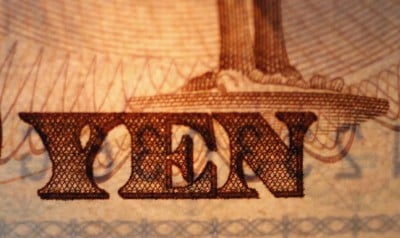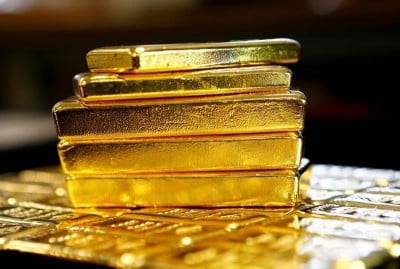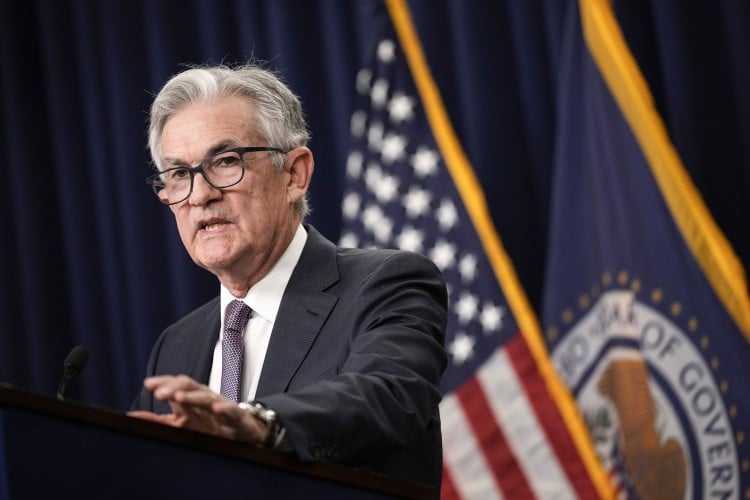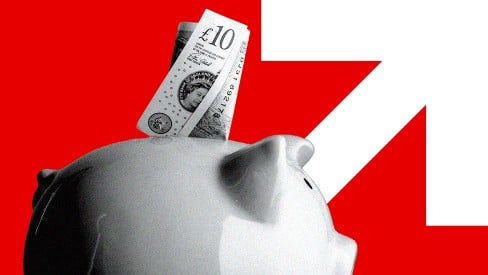What Does Hawkish Mean in Economics?

Maskot / Getty Images
Hawkish monetary policy is monetary policy that seeks to reduce inflation or prevent inflation by raising interest rates. It is also commonly called “contractionary monetary policy” or “tight monetary policy.”
Definition and Examples of Hawkish
A “hawk” refers to an economist who focuses on curbing or preventing inflation, typically through interest rates. A hawk is very concerned with the negative effects of inflation, so they advocate for higher interest rates to slow down the rise in price levels.
Higher interest rates make it more expensive for consumers and businesses to borrow money. As consumers and businesses spend less money, the economy will grow more slowly or could even contract. This results in prices of goods and services stabilizing, which halts inflation.
While hawkish monetary policy is helpful to stabilize prices, if interest rates are high for too long, it could decrease employment and lead to a decline in economic growth. However, hawkish economists are more concerned with the economic effects of inflation than maximum employment.
The term “hawk” is given to Federal Reserve Governors and other central bank policymakers by the media and other economists.
An example of a hawkish economist is the Kansas City Federal Reserve’s President and CEO, Esther George.
How Does Hawkish Policy Work?
Note
The opposite of a hawk is a “dove.” Doves are more concerned with maximizing unemployment and often have a higher tolerance for inflation.
Hawkish policies are those that focus on high interest rates to stop or prevent inflation. These policies are called “contractionary monetary policy” or “tight monetary policy.”
This type of monetary policy is used when there is a concern that inflation is or will be higher than the Fed’s target of 2%. The Federal Reserve wants to keep inflation at 2% in the long run as it believes that allows a consistent balance between price stability and maximum employment.
Contractionary monetary policy is when the Federal Reserve raises the federal funds rate, which influences other interest rates and increases the cost of borrowing. This discourages spending and weakens demand. With lower demand, prices would fall, helping to tamper inflation—and businesses would hire fewer workers, or maybe even let some go.
Controlling inflation is important to hawks because price inconsistency impacts businesses and consumers, stalling the economy. When inflation is too high, prices may rise rapidly, leading to more uncertainty when buying goods and services or raising wages. Similarly, if inflation is too low, it may prevent businesses from investing and consumers from buying goods as they wait for prices to continue to drop.
Do Hawkish Economists Associate More With One Political Party?
In the past, it was commonly thought that if someone is hawkish on monetary policy, they are more likely to be a Republican, and if they are dovish, they are more likely to be a Democrat—but this is not necessarily true.
The Fed was designed to be independent to politics and as such, a governor at the Federal Reserve is allowed up to a 14-year term. This is longer than any presidential term, so governors typically will remain at the Fed for multiple presidencies.
Note
A president can nominate their own chairperson and vice chairperson, but many will retain the same appointees for continuity.
Many prominent governors have been referred to as “centrists”—someone who is neither a hawk nor a dove on monetary policy, or will switch stances over time. An example of this is Jerome Powell, who was considered a centrist before being selected as chairperson of the Federal Reserve Board of Governors in 2018.
Alan Greenspan, who was often portrayed in the media as a hawk was said to have become a dove in the late 1990s when he urged the Federal Open Market Committee not to raise rates.
Key Takeaways
- “Hawkish” refers to monetary policy that focuses on combating inflation.
- The term “hawk” is given to central bank economists who advocate more for price stability over maximum employment.
- A prominent hawkish economist is Alan Greenspan, who was the Federal Reserve chairperson from 1987 to 2006.
Want to read more content like this? Sign up for The Balance’s newsletter for daily insights, analysis, and financial tips, all delivered straight to your inbox every morning!







